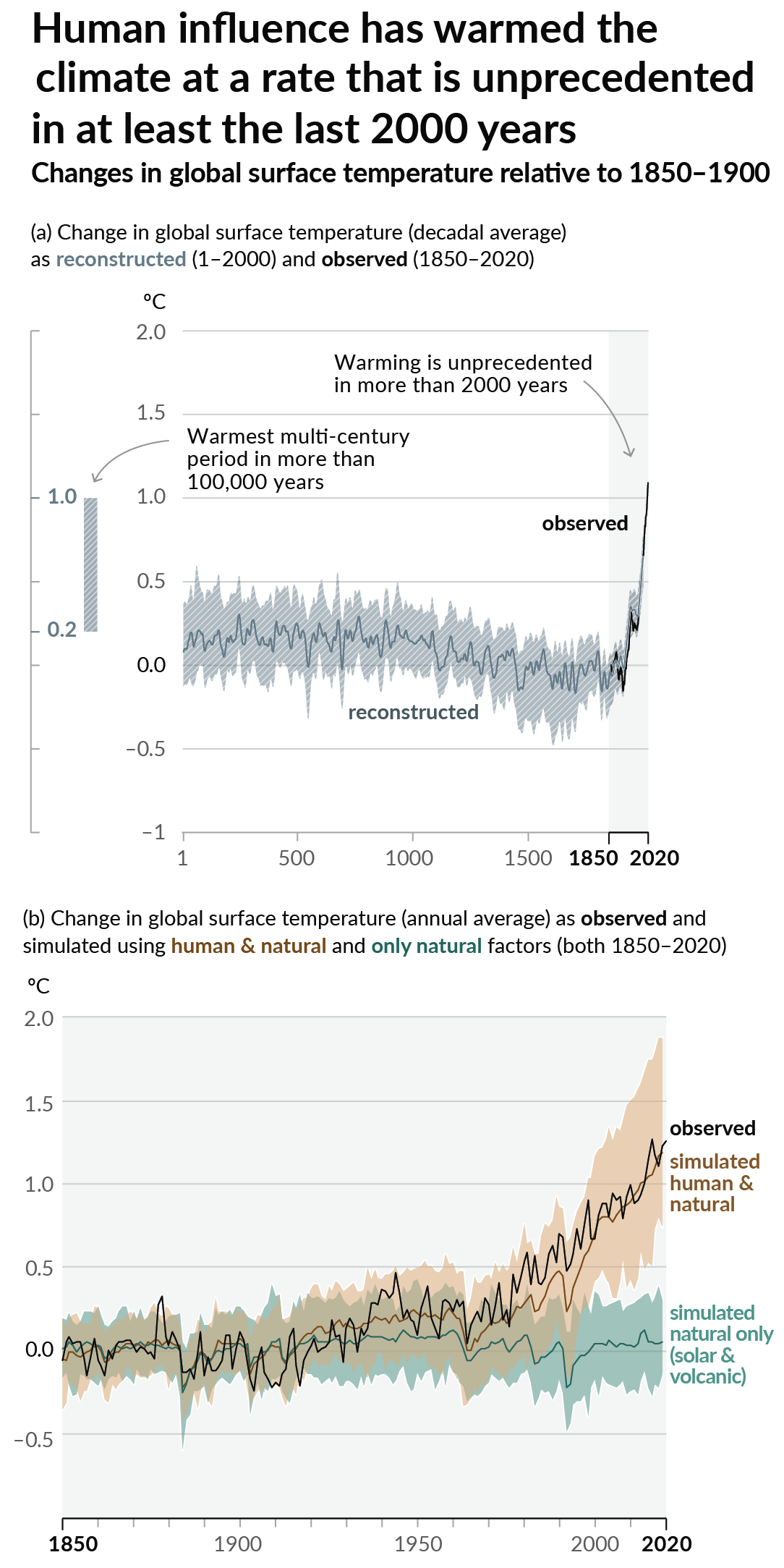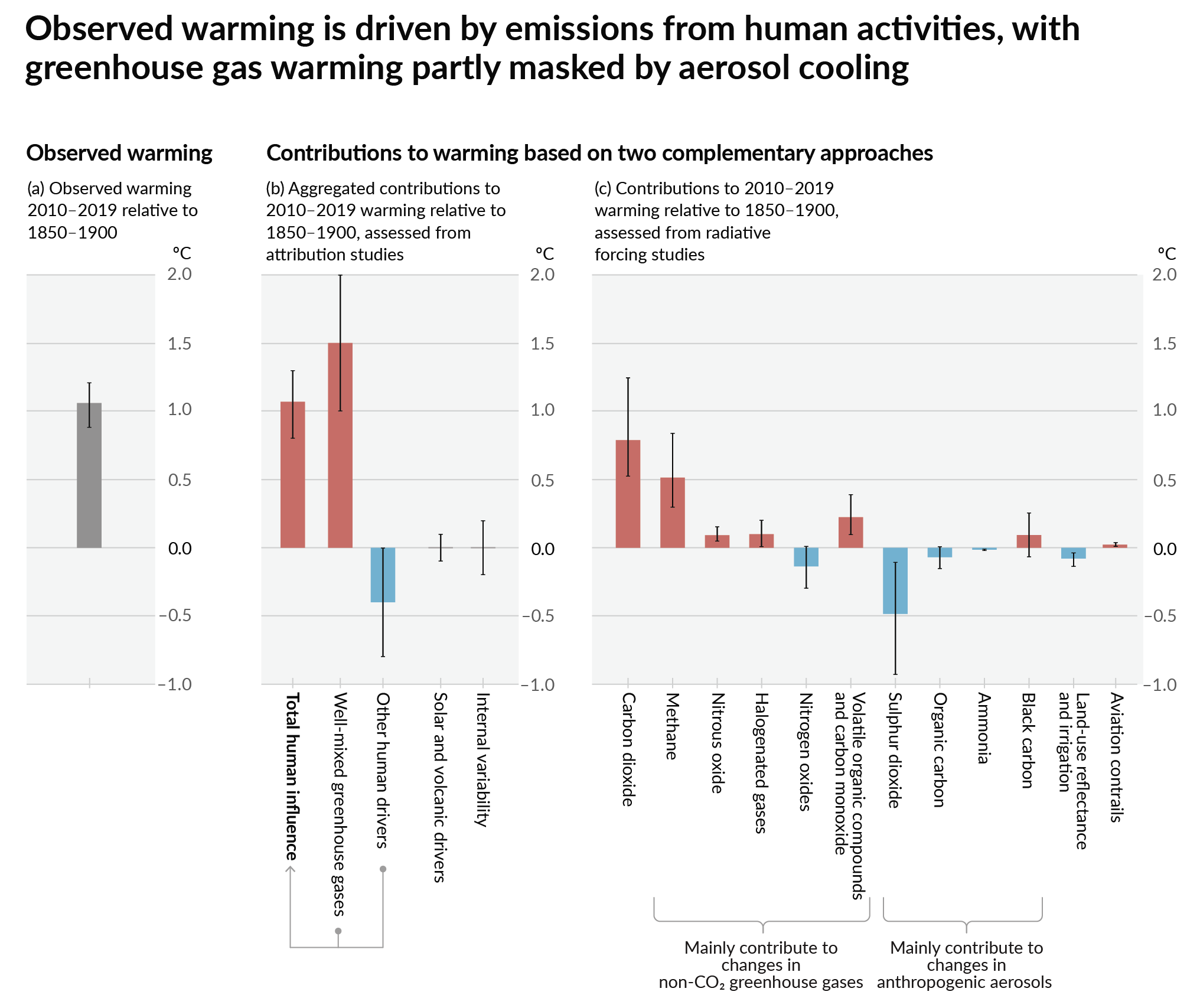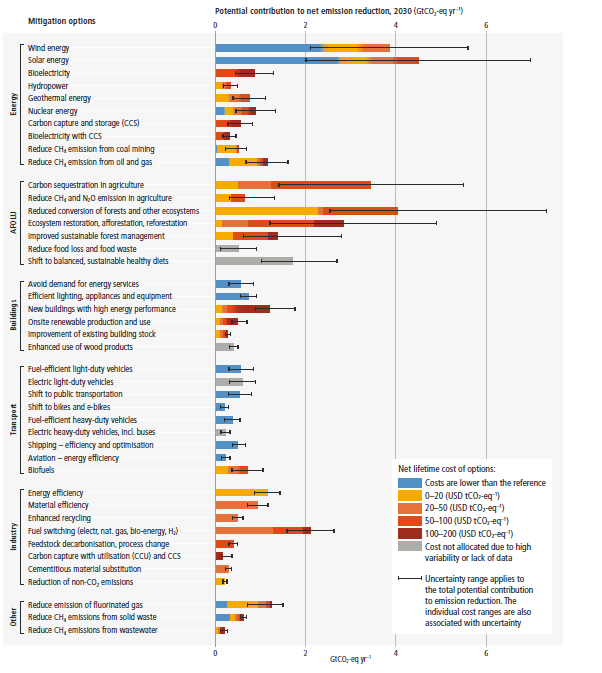Climate - truthful information about climate, related activism and politics.
7136 readers
366 users here now
Discussion of climate, how it is changing, activism around that, the politics, and the energy systems change we need in order to stabilize things.
As a starting point, the burning of fossil fuels, and to a lesser extent deforestation and release of methane are responsible for the warming in recent decades:

How much each change to the atmosphere has warmed the world:

Recommended actions to cut greenhouse gas emissions in the near future:

Anti-science, inactivism, and unsupported conspiracy theories are not ok here.
founded 2 years ago
MODERATORS
301
6
Every MP should read the Torres Strait climate case judgment. Here's why [Australia]
(www.theguardian.com)
302
303
304
305
306
307
308
309
310
22
Iranians asked to limit water use as temperatures hit 50C and reservoirs are depleted
(www.theguardian.com)
311
312
60
Analysis: China’s clean-energy exports in 2024 alone will cut overseas CO2 by 1%
(www.carbonbrief.org)
313
314
29
How a California cloud-seeding company became the center of a Texas flood conspiracy
(www.latimes.com)
315
316
112
My climate guilt is real – but the actual villains keep getting away with it
(yaleclimateconnections.org)
317
318
319
29
Oregon state lawmakers bailed on a constitutional climate amendment. Advocates will take it to voters
(oregoncapitalchronicle.com)
320
321
322
323
324
325